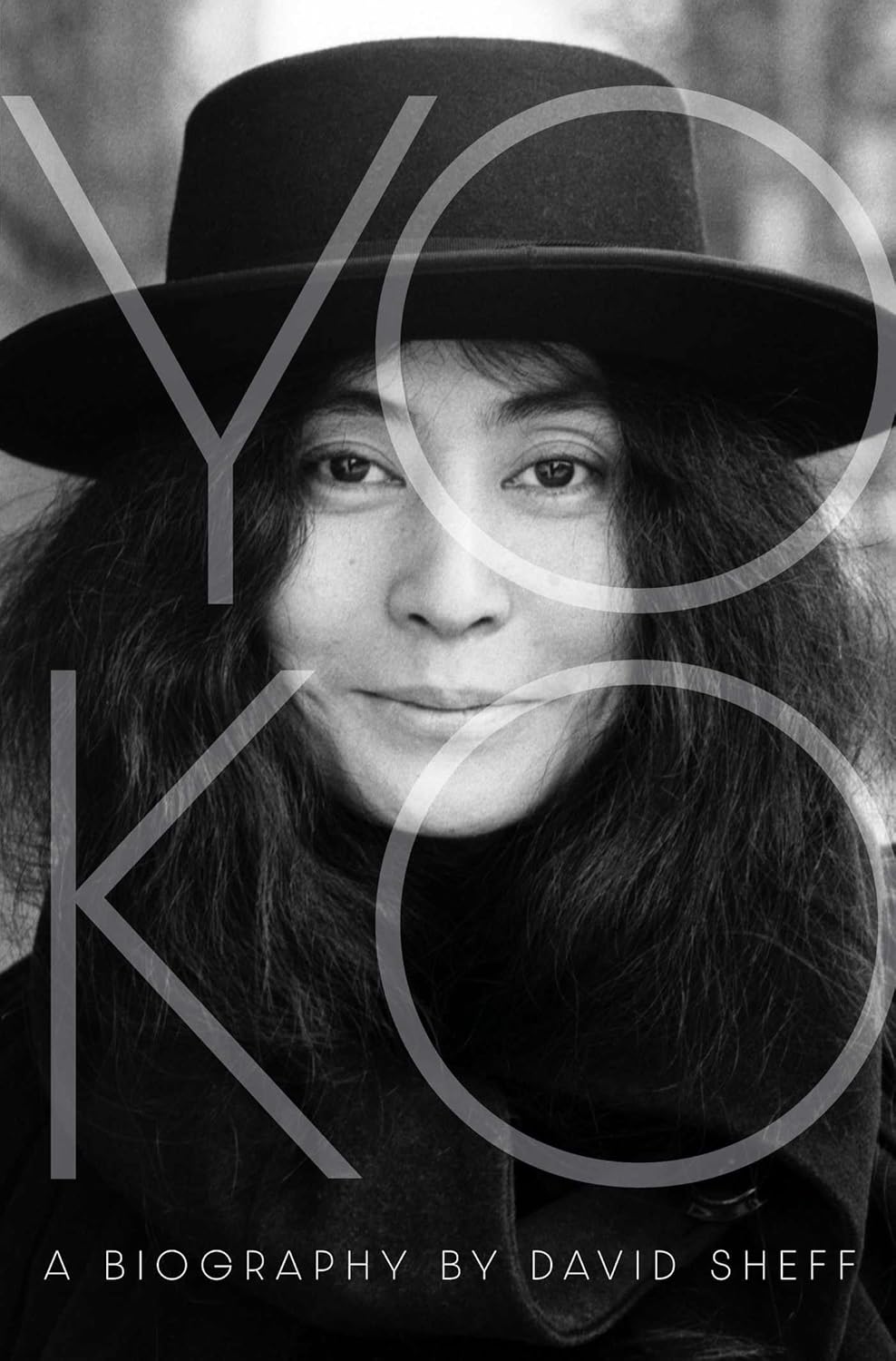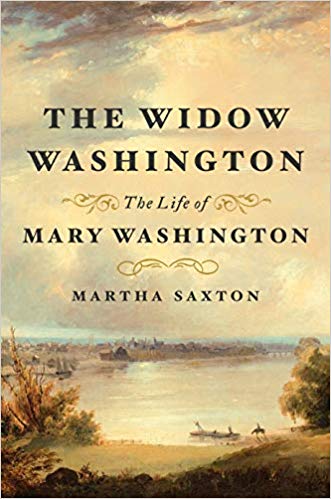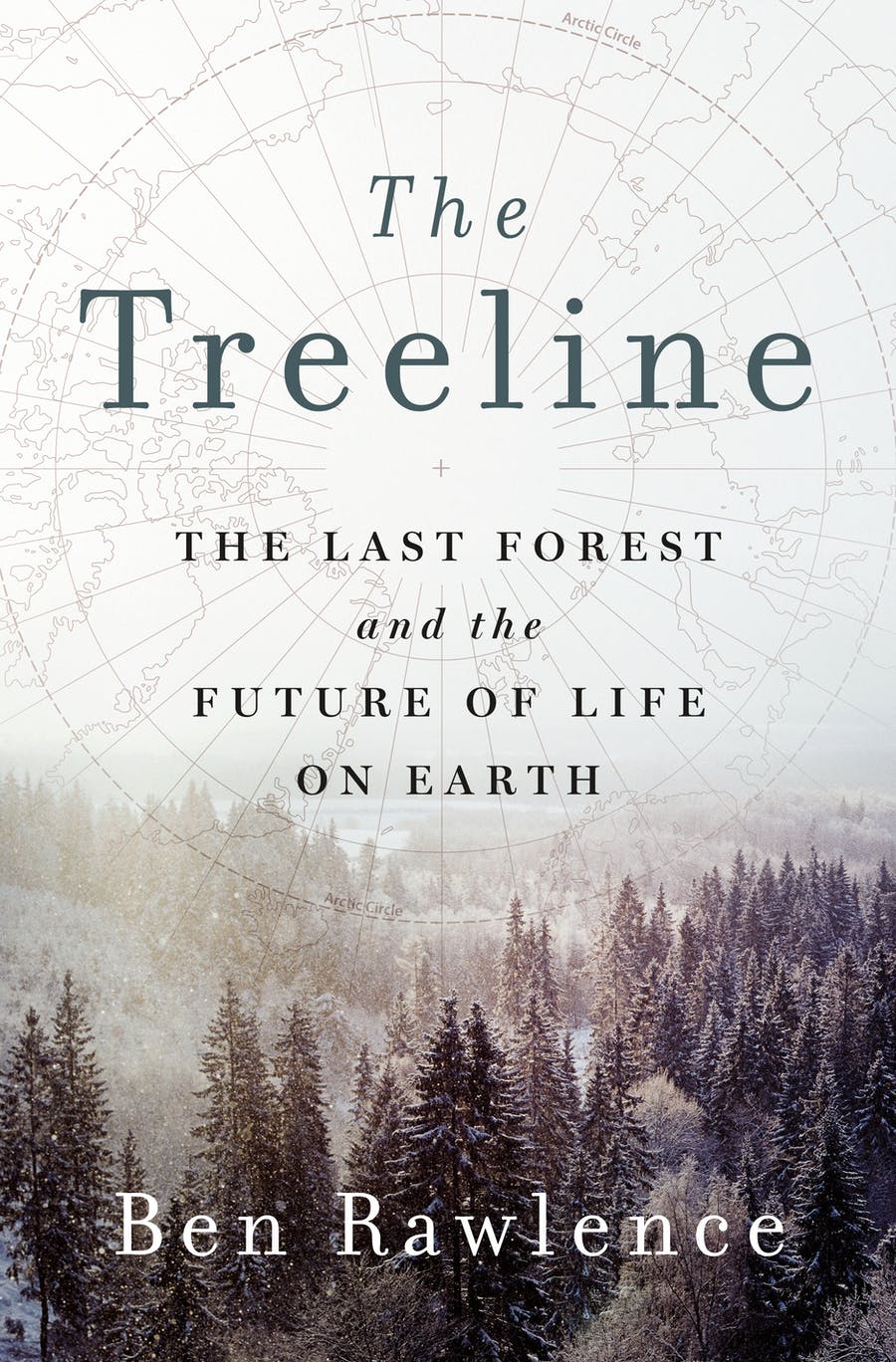The artist was always so much more than Mrs. John Lennon.

Most biographers can only fantasize about unfettered access to their subjects — to know their thoughts and dreams and aspirations, to understand their dilemmas, to explain their demons. Consequently, they invest years researching old records, hunting sources, and plumbing archives to construct a life story. In this respect, David Sheff is a unicorn. As a personal friend of Yoko Ono, who is now 92 years old, he had full access to her files, friends, records, and children, to whom he dedicates this book, which he describes a bit exuberantly as “one of the greatest stories of our time, a harrowing, exhilarating, and inspiring journey.”
Sheff met his subject in 1980 for a Playboy interview published in January 1981. At the end of that year, John Lennon was murdered by a deranged fan, and Sheff flew to New York to be with Ono, Lennon’s wife. He then wrote a book, All We Are Saying: The Last Major Interview with John Lennon and Yoko Ono. He also contributed to the January 1981 People cover story, “Yoko Ono: How she is holding up,” and later sold the film rights. In 1984, he wrote more Lennon profiles (“The Betrayal of John Lennon” and “The Night Steve Jobs Met Andy Warhol”). His Playboy interview was reissued in 2021 to commemorate the 40th anniversary of Lennon’s death, underscoring the wisdom of “waste not, want not.” Now comes Yoko: A Biography, which the author presents as the capstone to Ono’s career as a conceptual artist.
When Sheff first proposed interviewing the couple, he had to submit his date of birth, plus its time and place, to Ono beforehand. “The interview apparently depended on Yoko’s interpretation of my horoscope,” he writes, “just as many of Lennon’s business decisions are reportedly guided by the stars. I could imagine explaining to my Playboy editor, ‘Sorry, but my moon is in Scorpio — the interview’s off.’ It was clearly out of my hands.”
Ono’s obsession with astrologists, seers, and fortune tellers, much like Nancy Reagan’s mania for consulting the stars to plan presidential trips, bordered on pathology. In one year, Ono spent over $1 million on readings from psychics, mediums, and clairvoyants. When she agreed to meet Sheff, she summoned him to the Dakota in Manhattan, and he arrived with copies of previous Playboy interviews with Martin Luther King Jr., Albert Schweitzer, Bob Dylan, and Jimmy Carter. Ono leafed through them and then responded:
“People like Carter represent only their country. John and I represent the world.”
Apparently, Ono’s seers didn’t “see” Carter’s Nobel Peace Prize in the future. When the former president died at the age of 100, Garth Brooks and Trisha Yearwood sang “Imagine” at his state funeral, the song that Ono and Lennon wrote in 1971. She co-wrote the lyrics with Lennon, who deprived her of credit at the time. He later told Sheff, “I wasn’t man enough to let her have credit for it. I was still selfish enough and unaware enough to sort of take her contribution without acknowledging it.” In an interview with the BBC, he added, “I just put ‘Lennon’ because, you know, she’s just the wife and you don’t put her name on, right?” “Imagine” became the most acclaimed song of Lennon’s solo career. Years later, Ono said, “I feel in the big picture the fact that John and I met was to do this song.”
Sheff’s biography of Ono is buttressed by her marriage to Lennon, particularly their years opposing the Vietnam War. In fact, they celebrated their 1969 wedding with a seven-day, public “bed-in” for peace, filmed and distributed around the world. “Lil’ Abner” cartoonist Al Capp accused them of staging the event for money. “Do you think I could earn money by some other way, sitting in bed for seven days, taking shit from people like you?” Lennon snapped. “I could write a song in an hour.”
Weeks later, Lennon wrote to Queen Elizabeth and returned the 1965 MBE (Member of the Most Excellent Order of the British Empire) medal she’d presented to each of the Beatles. His accompanying note:
“Your Majesty: I am returning this MBE in protest against Britain’s involvement in the Nigeria-Biafra thing, against our support of America in Vietnam and against Cold Turkey slipping down the charts. With love. John Lennon of Bag.”
(“Cold Turkey” is the song he wrote about the couple’s withdrawal from heroin; “Bag” refers to their “bagism” campaign, which they introduced by covering themselves in white bags as an example not to judge people by their race or physical appearance.)
The last part of this biography, entitled “Yoko Only,” illustrates her career as an artist best defined as avant-garde — radical, experimental, even revolutionary. In “Cut Piece,” possibly her most famous performance art, Ono knelt on stage with scissors on the floor in front of her. Fully clothed, she invited audience members to come to the stage, one by one, to cut a piece of her clothing, and take the cut piece with them until she was completely naked. Described as “reception theory,” the audience becomes as involved in the art as the performer.
More recently, Ono unveiled her “Wish Tree” in several cities around the world. Each tree carries instructions: Make a wish, write it on a piece of white paper, and tie the paper to a branch. She does not read the wishes but collects them every year to be buried at the base of the Imagine Peace Tower in Iceland.
The “Wish Tree” at the Hirshhorn Museum in Washington, DC, welcomed spring last year abloom with thousands of white paper blossoms tied by wishful visitors, a testament to participatory art and to the avant-garde artist who continues to imagine and intrigue.
Kitty Kelley is the author of seven number-one New York Times bestseller biographies, including Nancy Reagan, Jackie Oh!, and Elizabeth Taylor: The Last Star. She is on the board of the Independent and is a recipient of the PEN Oakland/Gary Webb Anti-Censorship Award. In 2023, she was honored with the Biographers International Organization’s BIO Award, which is given annually to a writer who has made major contributions to the advancement of the art and craft of biography.

